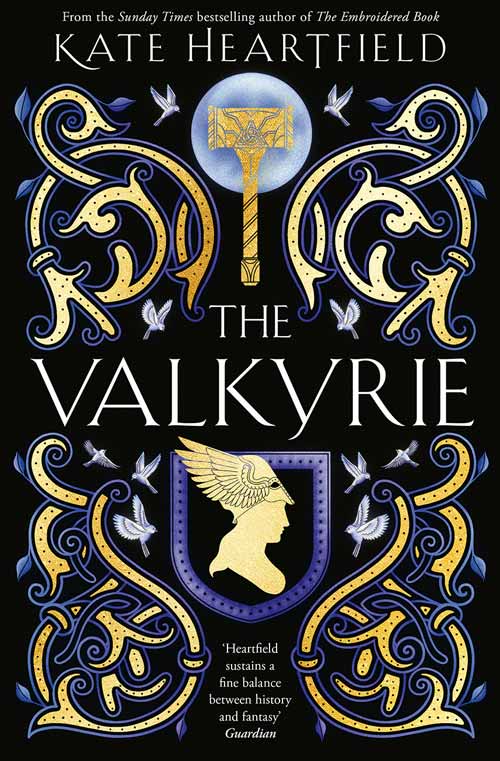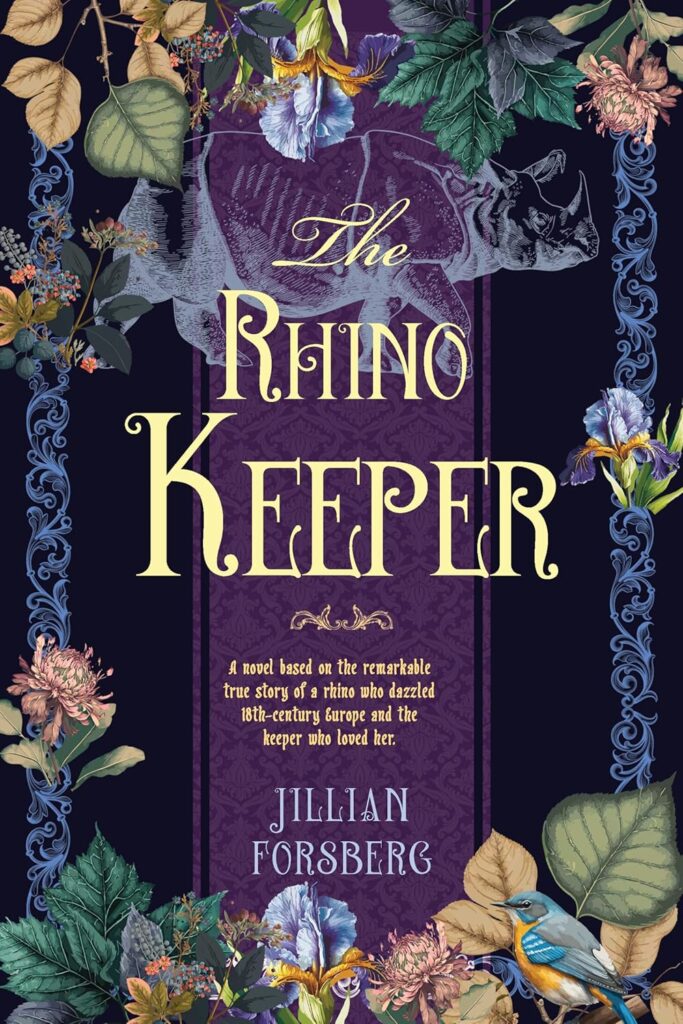Everyday Subversive Acts: Researching Fact, Writing Fiction
 WRITTEN BY LARRY ZUCKERMAN
WRITTEN BY LARRY ZUCKERMAN
I love writing historical novels about characters considered radical because of how they live. They’d never dream of preaching revolution from the barricades, yet everybody, or almost everybody, shuns them or tries to shut them down. Whether real or merely perceived, subversion simmers with conflict, and the stakes—life as we know it—couldn’t be higher.
I live in Seattle, and since I wanted to write about the aftermath of World War I, I imagined a veteran who returns to Washington feeling dislocated because his wife has died in his absence, leaving behind an infant daughter. But I also supposed he feels disconnected from the country he once knew, and I wanted to know what that might look like.
So, starting with January 1919, I dug into the Seattle Times, which called itself “An American Paper for Real Americans,” and found an atmosphere seething with fear and resentment. Bolshevists, reads a front-page warning, planned to end private property, social distinctions, and the workday, which they would reduce to three or four hours! The threat felt closer to home than Russia or Central Europe because the International Workers of the World, which tried to unionize mining and logging camps and led a five-day general strike in Seattle in February, were viewed as Bolshevists and anarchists. But suspicion fell elsewhere too. A Swiss-born high school teacher with a Germanic name suffered dismissal for having avowed sympathy for wartime conscientious objectors; he had, the school board alleged, failed to display proper Americanism. By contrast, Washington’s regiments received torrents of praise for modest victories in combat.
Now, I knew my disgruntled veteran a little better. I pictured Rollie Birch as a much-decorated hero who hates “slackers,” yet resents civilians who want to bask in his glory and talk as though the US of A saved the world. But I needed specifics. My historian self wanted to know which regiment Rollie served in, to pinpoint his back story accurately; my novelist self wanted to know when he comes home, which would tell me when the story might begin, and how old his daughter is. Luck handed me the answers. In late April, Seattle welcomed four companies of the 361st Infantry, 91st Division (nicknamed Wild West) and gave them a parade, which the Times described in detail.
The celebration included four white horses that pulled a gold star to honor the fallen, and young women in white dresses who strewed white flower petals from the running boards of motor cars. Leavening this sober display was a “stunt,” the contemporary word for a party game or entertainment, in this case themed to the Wild West. Elk Lodge brothers wore Native American feather headdresses and war paint; police officers dressed as cowboys fired blank charges from their pistols.
I tried opening the novel with this extravaganza until a dear friend told me it didn’t work, and I had to agree. But though I excised the parade scene, I let Rollie keep his opinion that it was a tasteless mockery of his dead friends. A subversive viewpoint, but nothing compared to the scheme he latches onto half by accident: he quits his father’s construction company and stays home to raise his baby daughter. Scandal! After all, real men don’t do “women’s work”; and if combat-hero Rollie isn’t a real man, who is? Besides, gossips snicker that the child isn’t even his, another swipe at his manhood—and now, he has to find out the truth.
However, I was venturing into unmapped territory. To my knowledge, only one other novel published in the last ninety-nine years revolves around an at-home father: Tom Perrotta’s Little Children (2004), a contemporary story and a different, darker take from what I intended. But I did find inspiration in two historical novels portraying Rollie’s flip side, female protagonists who break gender convention by seeking power.
Lauren Groff’s Matrix (2021) reimagines Marie de France, a twelfth-century poet appointed as a teenager to run an abbey that has ceased to produce revenue. Marie, nothing if not practical, turns the place around—and tosses the medieval gendered world on its head. Vera, by Carol Edgarian (2021), depicts an unloved, shy fifteen-year-old running a motley household following the 1906 San Francisco earthquake, surprising herself and others with new-found authority.
But such stories would have scared Seattleites in 1919, for when the city fathers organized their parade, they chose to evoke popular wartime myths that turned women into fragile vessels and men into saviors. The profusion of white, the color of purity, and the young women wearing it reflected the common belief that the war was fought to protect womanhood from the barbarian Hun. Today, that sounds utterly bizarre, but, as I confirmed in the Times, people spoke as though it were established truth. That’s because once Congress declared war, propagandists instructed Americans to view the conflict in gendered terms, an approach that titillated while pretending rectitude. Claiming a legal or moral case was all very well, but to ask—to require—a man to risk his life when the nation had not been invaded demanded a more visceral response.
Recruiting posters hammered home the message, with varying degrees of explicitness. Perhaps the most lurid, evocative example appeared in 1917, illustrated by H. R. Hopps and titled, “Destroy This Mad Brute.” The poster depicts a gorilla that has burned American shores to cinders and abducted a half-naked, fair-haired woman, whom he carries in one arm. Advancing menacingly on the viewer, he wields a club labeled “Kultur” (often translated as “civilization”); on his head, he wears a spiked helmet reading “Militarism.” The admonition: Enlist.
Rollie believes he fought in a just cause, only not the one commonly ascribed, which to him is a manipulative lie. Another subversive opinion, yes; but, more importantly, I reasoned that this perspective grants him the flexibility to ask whether full-time fathering might be manly.
Further, to figure out what kind of father Rollie might be, I consulted a popular parenting manual, written for women (no surprise). The author, a famous pediatrician, offered advice that paralleled the striving toward conformity and regimentation notable elsewhere. He cautioned against picking up a crying infant; no healthy child would cry for more than twenty minutes, he averred. Kissing a baby, he wrote, even on the cheek or forehead, could transmit diphtheria, tuberculosis, syphilis, or other diseases, so mothers mustn’t do that, either. Nor should they play with children younger than one year, because that would make the little ones nervous and irritable. Rollie reads this and laughs.
But he’s not laughing when the town he loves ostracizes him. I imagined his neighbors viewing him as having betrayed his manhood and what he’d fought for, which, maybe, strips him of his heroism. They would wonder what kind of man refuses to get a job, and with conformity and Americanism regular topics of public discourse, Rollie’s failings would make him a target. Politics aside, men would feel threatened by his willingness to cross a gender line, whereas women would hate him for being good at what men and women typically do.
Still, that leaves Rollie in a vacuum. His story needs contrast, so there’s Kay Sorensen, the local timber baron’s daughter, who seeks political and economic power like the protagonists of Matrix and Vera. Kay spent her war helping to organize the town’s patriotic efforts while working in her father’s office, a job that inspires dreams of a business career. But Kay knows better than to say so, and, like many women of her time, wonders why she must give up the wider horizons she enjoyed while the menfolk were gone.
Sure enough, her husband has barely arrived home before he attacks her for opening her own bank account and demands to know what man “let” her. (Nearly every state required a male cosignature in such cases; the laws didn’t change until the 1960s.) So Kay guesses that he’ll make her quit her job and return to her housewifely cubbyhole, particularly because he’s planning to run for the state legislature and wishes to present a certain image.
Kay wants freedom to act and think—and to strive and achieve, not be reduced to deriving satisfaction from a man’s career and success. Born to a conservative, moneyed family whose values she believes she espouses, she doesn’t yet know how subversive her urge for independence is. Still, she knows that most people, not just her husband, will accuse her of betraying her feminine identity if she earns wages outside her home. More subversive yet, she believes the war changed him—and hopes Rollie, who served with him, can tell her.
Since I was an at-home father to my two boys, I worried I’d superimposed my own experience on 1919, until I ran across The Home-Maker, by Dorothy Canfield. Published in 1924, this remarkable novel supposes that a man who works at a Midwestern department store suffers a crippling accident, which prompts his wife to take his place while he stays home with the kids. Since he hates his job, at which he’s incompetent, and she has no patience for or skill at keeping house, the switch allows each to discover that they excel at the other’s culturally appointed role.
Canfield’s novel boosted my confidence to write Rollie and Kay as true subversives, capable of undermining the social order simply by staying home with a child or taking a paying job. That’s the crux of my novel, Lonely Are the Brave, and maybe there’s a lesson in that. When everyday actions have such power, you don’t need to drag in conflict from somewhere else or invent it. You’ve got plenty already.
References:
- 1. Seattle Times, 15 Jan, 1919, p. 1; 26 Feb, p. 7, and 8 Mar, p. 8; 25 Apr, p 14.
- Ibid., 26 Apr, 1919, pp. 1, 5.
- Ibid., 25 Apr, 1919, p. 17.
- “Destroy This Mad Brute,” Library of Congress, print 457a: https://www.loc.gov/resource/ppmsca.55871/
- Emmett L. Holt, M.D., The Care and Feeding of Children: A Catechism for the Use of Mothers and Children’s Nurses, 5th ed. (New York, 1910).
- Dorothy Canfield, The Home-Maker (New York, 1924). Reprint 2007.
About the contributor: Larry Zuckerman’s debut novel, Lonely Are the Brave (Cynren Press, 2023), appeared last month. An award-winning historian whose specialty is WWI, he’s also an editor at HNR and reviews historical fiction on his blog, novelhistorian.
Published in Historical Novels Review | Issue 104 (May 2023)






